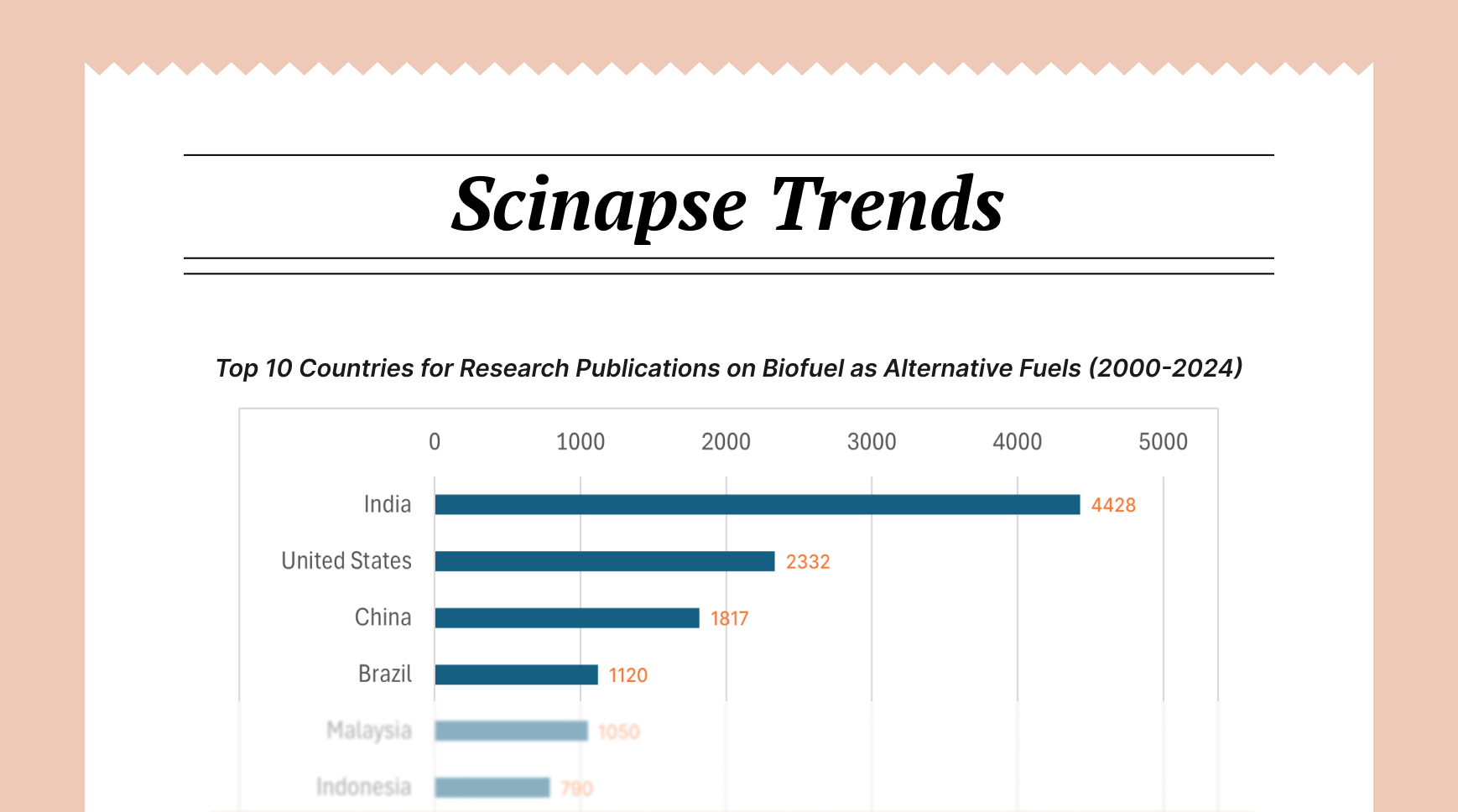Recent Advances in Thallium Environmental Behavior and Remediation Technologies (2020-2024)
Thallium research update: Learn about Tl environmental behavior, source tracing, isotope analysis, soil/water remediation & new materials.
Introduction
Thallium (Tl) is a highly toxic heavy metal that poses a significant threat to environmental and human health. Its presence in various environmental compartments, including soil, water, and sediments, is often linked to industrial activities such as mining and smelting. Understanding the biogeochemical behavior of thallium and developing effective remediation strategies are crucial for mitigating its adverse effects. This mini-review summarizes the recent advancements in thallium research over the past five years, focusing on its environmental behavior and remediation technologies.
Thallium Source Tracing and Environmental Behavior
A significant area of research focuses on identifying the sources and understanding the geochemical behavior of thallium in contaminated environments. Juan Liu's research group has extensively investigated thallium contamination in river sediments, utilizing thallium isotope evidence to quantify smelter-derived contributions (Juan Liu et al., 2020, Journal of Hazardous Materials; Juan Liu et al., 2021, Journal of Hazardous Materials). Their work demonstrates the utility of thallium isotopes as reliable tracers for source apportionment in contaminated areas (Qi’en Ouyang et al., 2022, Journal of Hazardous Materials; Juan Liu et al., 2023, Journal of Hazardous Materials; Juan Liu et al., 2023, The Science of The Total Environment; Juan Liu et al., 2023, The Science of The Total Environment). Jin Wang's group, often in collaboration with Juan Liu, has explored the transformation and fate of thallium in paddy soils and rice (Yanjun Jiang et al., 2020, Journal of Hazardous Materials; Yanjun Jiang et al., 2021, Journal of Hazardous Materials) and the microbial response to thallium contamination in soil profiles (Jingye She et al., 2020, Journal of Hazardous Materials; Jingye She et al., 2021, Journal of Hazardous Materials).
Research has also focused on the interaction of thallium with various soil components. Andreas Voegelin's group investigated thallium sorption and speciation in soils, highlighting the role of micaceous clay minerals and manganese oxides (Silvan Wick et al., 2020, Geochimica et Cosmochimica Acta; Francesco Femi Marafatto et al., 2021, Geochimica et Cosmochimica Acta). Xiaoliu Huangfu's research has examined the effects of MnO2 crystal structure on thallium sorption and oxidative reactivity (Ju-Chao Liu et al., 2020, Chemical Engineering Journal) and the retention of thallium(I) on goethite, hematite, and manganite (Wanpeng Chen et al., 2021, Water Research; Wanpeng Chen et al., 2022, Water Research). Aleš Vaněk's group explored thallium isotopic fractionation in soil (Kateřina Vejvodová et al., 2020, Environmental Pollution) and the effect of peat organic matter on sulfide weathering and thallium reactivity (Kateřina Vejvodová et al., 2022, Chemosphere).
Advances in Thallium Remediation Technologies
Another significant area of advancement is the development of efficient thallium removal technologies. Several studies have focused on using modified materials for thallium adsorption. Gaosheng Zhang's group has investigated the use of hydrochar coated nickel ferrite composite (Huosheng Li et al., 2020, Journal of Hazardous Materials) and amorphous titanium dioxide (Gaosheng Zhang et al., 2022, Sci. rep. (Nat. Publ. Group)) for thallium removal from wastewater. Di He's research explored the use of magnetic Prussian blue for selective thallium removal (Hailong Zhang et al., 2020, Journal of Hazardous Materials; Hailong Zhang et al., 2021, Journal of Hazardous Materials). Yunjiang Yu's group developed a magnetic nano-composite using graphene oxide for rapid thallium removal (Liangzhong Li et al., 2021, International Biodeterioration & Biodegradation). Junkang Guo's research focused on programmable synthesis of exfoliated biochar nanosheets for selective thallium adsorption (Muhammad Haris et al., 2022, Chemical Engineering Journal). Chunyi Tong's group investigated magnetic Prussian Blue nanosorbent loading on sepiolite for specific removal of Tl(I) (Weikang Zhu et al., 2023, Journal of Alloys and Compounds). Ying Huang's research focused on polysaccharide-based cyanide-bridged bimetallic coordination polymers for thallium removal (Ying Huang et al., 2023, Journal of environmental chemical engineering). Dirong Gong's group investigated the selective removal of thallium from water by MnO2-doped magnetic beads (Dirong Gong et al., 2024, Journal of Environmental Management).
Furthermore, Huosheng Li's group explored thallium removal from wastewater using sulfidized zero-valent manganese (Zhengqin Shi et al., 2023, Chemosphere). Tao Huang's research focused on the synthesis of nonthermal plasma-irradiated polyvalent manganese (hydro)oxide functionalized nanosilica for intensifying geopolymerized solidification/stabilization of thallium-contaminated soil (Tao Huang et al., 2023, Chemical Engineering Journal). Pengyuan Deng's research focused on enhanced passivation of thallium, vanadium and arsenic in contaminated soils using Fe–Mn-biochar (Pengyuan Deng et al., 2024, Biochar).
Conclusion
The past five years have witnessed significant advancements in understanding the environmental behavior of thallium and developing effective remediation technologies. Isotopic tracing techniques have improved source apportionment, while detailed studies have elucidated the interactions of thallium with soil components. Novel materials and methods, particularly those involving modified biochars, Prussian Blue derivatives, and manganese oxides, have shown promise for thallium removal from contaminated water and soil. Further research is needed to optimize these technologies for field applications and to assess their long-term effectiveness in mitigating thallium contamination.
✨ About This POST
This mini-review post was generated through Scinapse. Scinapse provides reliable research trend analysis using citation analysis and AI technology.
Check out the trends in your field too!
Get started at https://scinapse.io


Comments ()